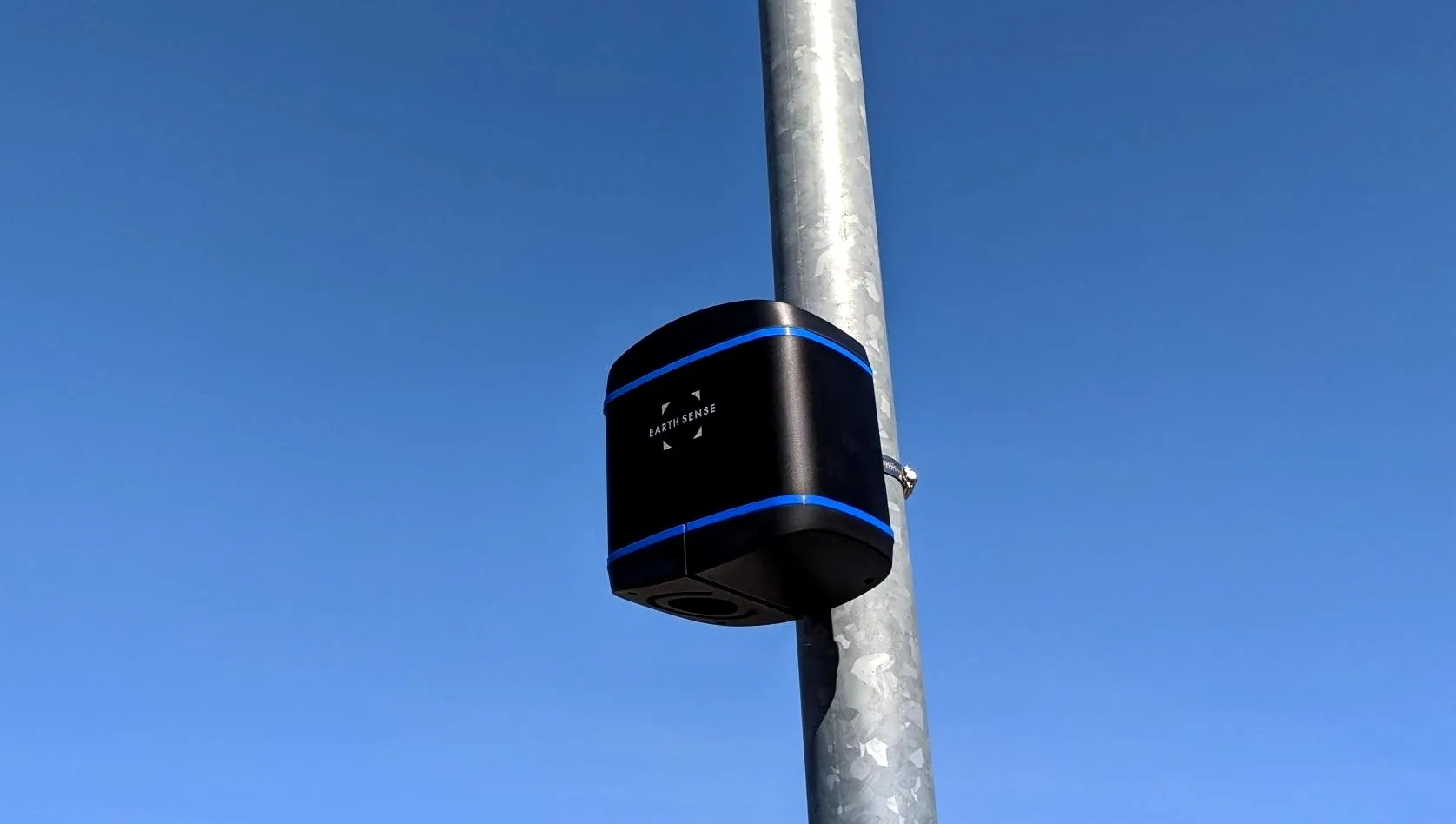Clearview Traffic has announced the Golden River M830, a new low-cost journey time monitoring and queue detection solution based on Bluetooth device recognition. A single unit detects and uniquely
identifies multiple vehicles simultaneously across all lanes and in both directions. The company claims that on a dual carriageway the cost of an installed site is as little as 10 per cent of an equivalent ANPR installation.
May 23, 2012
Read time: 2 mins
The M830 Bluetooth traffic monitoring solution provides a reliable real-time statistical sampling of actual journey times from the traffic flowing through the network that empowers traffic officers
to react more quickly to early warning signs and prevent unnecessary congestion.
By recording the anonymous MAC addresses of devices along with a timestamp as they pass through the detection zones at each sensor location and then matching anonymous MAC addresses as they pass through additional sensor locations, traffic officers can build up a picture not only of the typical journey times but also of the average speed through the network and identify where significant changes in traffic conditions have occurred. Clearview Traffic says the product, which can be mounted on existing poles, lamp columns or bridges, has already been successfully deployed in a number of trials in major motorway, trunk road and urban environments, enabling traffic fiow and congestion to be readily monitored.









